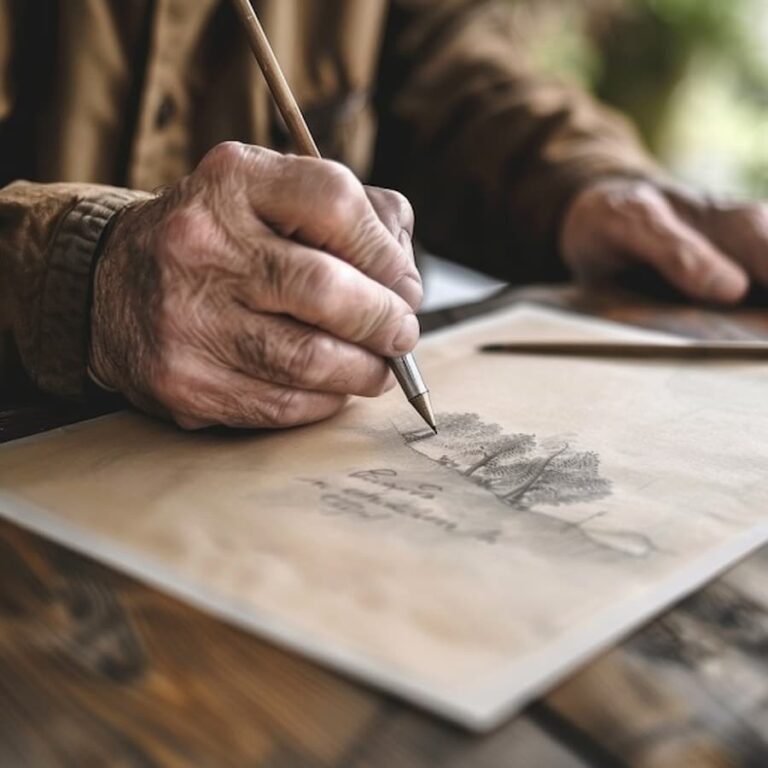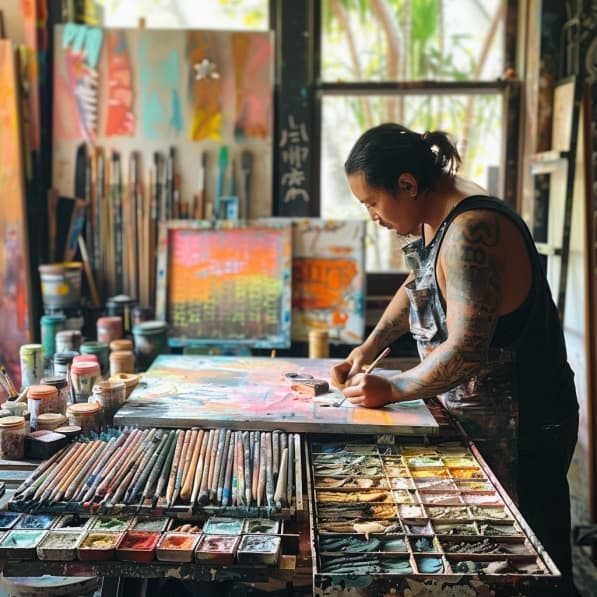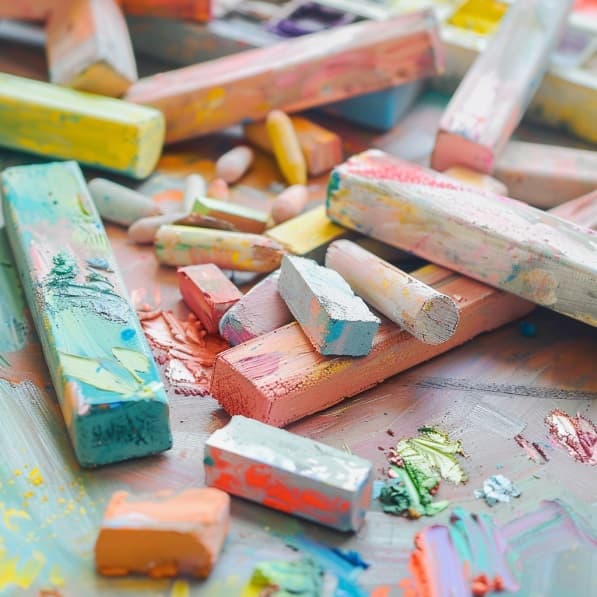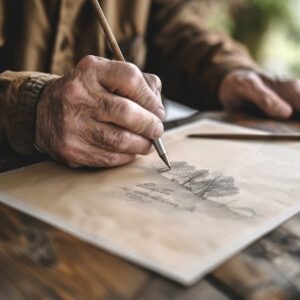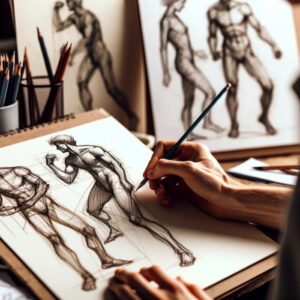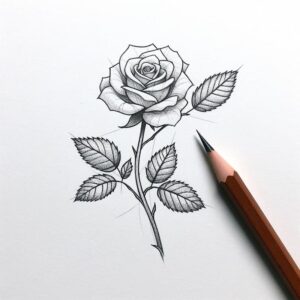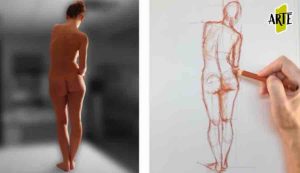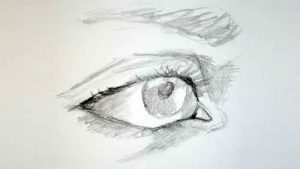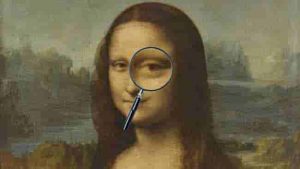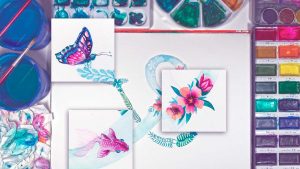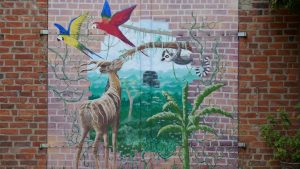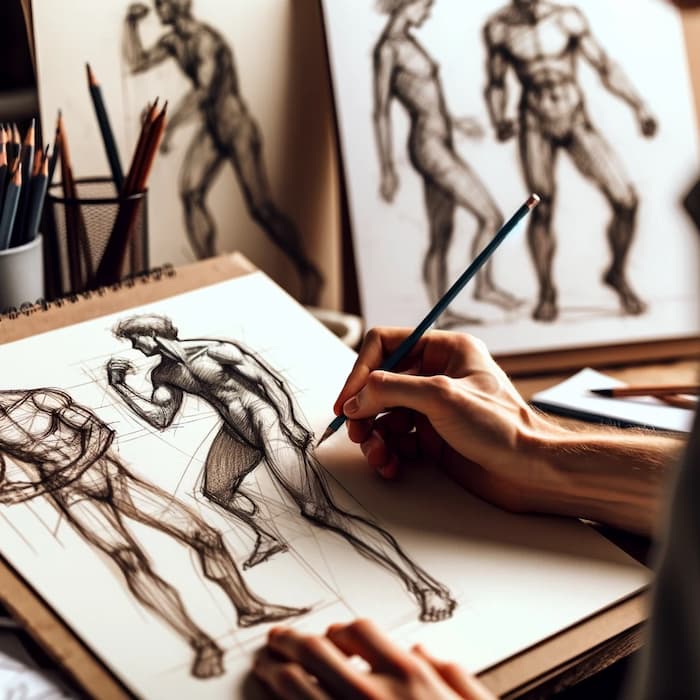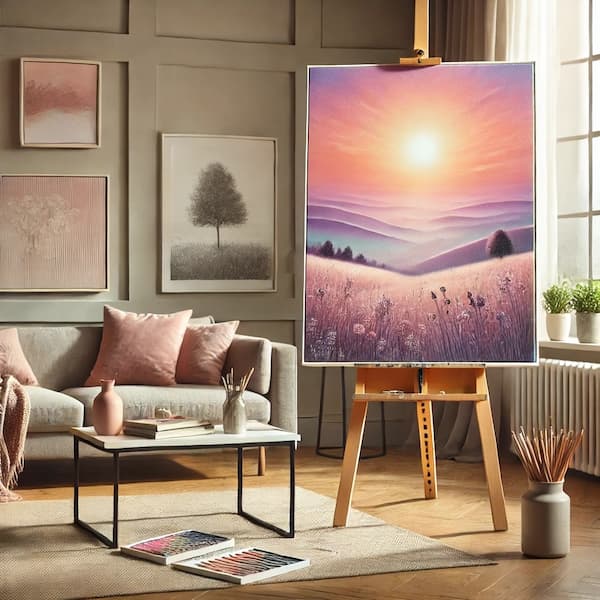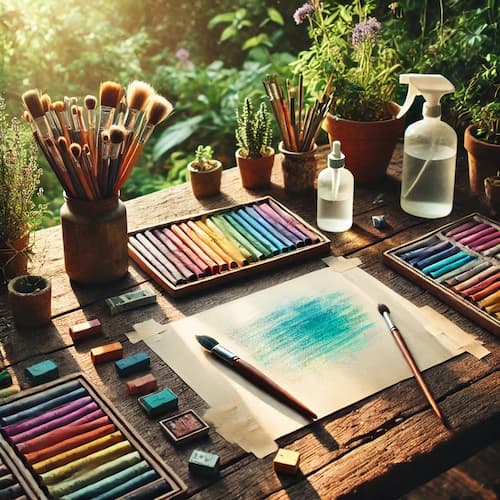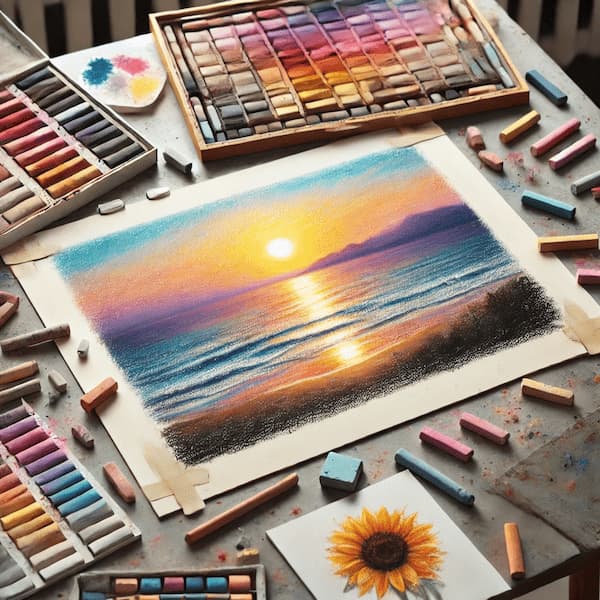Pastel painting is one of the most versatile and expressive artistic techniques. In this article, we will explore the basics of pastel painting, from the choice of materials to the essential techniques for mastering this art.
Introduction to Pastel Painting
Pastels, known for their vibrant range of colors and textures, offer a unique experience for artists. Unlike other mediums such as oil or watercolor, pastel combines the qualities of drawing and painting in a compact and accessible form. But what makes pastel so special?
What are Pasteles?
Pastels are sticks of dry pigment that are mixed with a binder to hold their shape. There are three main types of pastels:
- Dry Pastels: Include soft and hard pastels. They are ideal for a wide range of techniques due to their ability to blend and blend easily.
- Oil Pastels: Contain oils that give them a creamy texture. They are perfect for thicker and layered effects.
- Pastels in Bars: Combine characteristics of dry pastels and oil pastels, offering a balance between fluidity and texture.
Basic Principles of Pastel Painting
The first step in painting with pastels is to understand how the different types of pastels work and how they can be applied to various surfaces.
Materials Needed and Choice of Cakes
- Soft Pastels: They offer a wide variety of vibrant colors and are easy to blend. However, their soft texture can be a challenge for beginners.
- Hard Pastels: They are ideal for details and fine lines due to their firmer consistency.
- Oil Pastels: Provide a more robust finish and are excellent for layering and texturing.
Papers and Supports
The choice of paper is crucial to the success of a pastel painting. Textured papers allow for better pigment adhesion. Some of the most recommended include:
- Canson Mi-Teintes paper: Popular for its texture and variety of colors.
- Sand Paper: Offers a rougher texture, ideal for retaining several layers of cake.
- Pastelmat paper: Combines smoothness and texture, providing a unique surface to work on.
Other Materials
- Fixative: Used to fix the pastel and prevent stains.
- Diffusers or Tortillones: Tools for blurring and mixing colors.
- Gloves and Mask: To protect from cake dust.
Pastel Painting Techniques
Once you have your materials, it’s time to explore basic pastel painting techniques.
- Blurring Technique: Blurring is essential for creating smooth transitions and gradient effects. You can blend with your fingers, a soft cloth, or a blender. The key is to apply the pastel in light layers and blend to the desired softness.
- Layering: The layering technique allows for depth and texture. Start with lighter colors and work toward darker colors, applying each layer gently to avoid saturating the paper.
- Texture Effects: To create texture, you can use techniques such as scratching or rubbing. Scratching involves scraping off the top layer of pastel to reveal the color underneath. Rubbing uses tools such as stiff brushes or spatulas to create patterns on the surface.
- Color Blending: Color blending in pastels can be achieved in several ways. One of the most common is to overlap layers of different colors and blend them. You can also mix directly on the palette before applying to the paper.
Care and Conservation
Caring for your paints and materials is crucial to maintain their quality over time.
- Fixing the Work: Applying a fixative at the end of your work helps protect the pastel from smudging and wear. Use spray fixatives in a well-ventilated area and with light coats to prevent colors from bleeding.
- Storage: Store your paints in protective folders or frames with glass to avoid direct contact with the surface. Upright storage is ideal to prevent pastel dust from accumulating.
- Material Maintenance: Keep your cakes organized and clean. You can use a box with compartments and a soft cloth to wipe off dust residue.
Tips and Tricks for Beginners
-Practice Light Hand
Light pressure when applying the pastel allows for smoother layers and better blending possibilities. Avoid pressing too hard, as this can saturate the paper and make correction difficult.
-Experiment with Textures
Don’t limit yourself to using only your fingers to blend. Try different tools such as brushes, sponges, and blenders to see how they affect the texture and appearance of the cake.
-Use Color Strategically
Choose complementary colors to create contrast and analogous colors for smooth transitions. Experiment with color combinations to discover new palettes.
-Learn from the Masters
Look at works by well-known artists who use pastel for inspiration and to learn new techniques. Looking at how they handle light, color, and texture can offer valuable insights.
-Keep your work area clean.
Cake dust can be harmful if inhaled in large quantities. Be sure to work in a well-ventilated area and regularly clean your workspace.
Pastel painting offers an exciting opportunity to explore color and texture in a direct and tactile way. With these basic principles, you’ll be well on your way to mastering this technique and creating vibrant, dynamic works of art.
To learn how to work with pastels like a real professional, knowing all its characteristics, use of materials and how to get the most out of this technique, visit our Painting Course with Lifetime Access + Workshops.
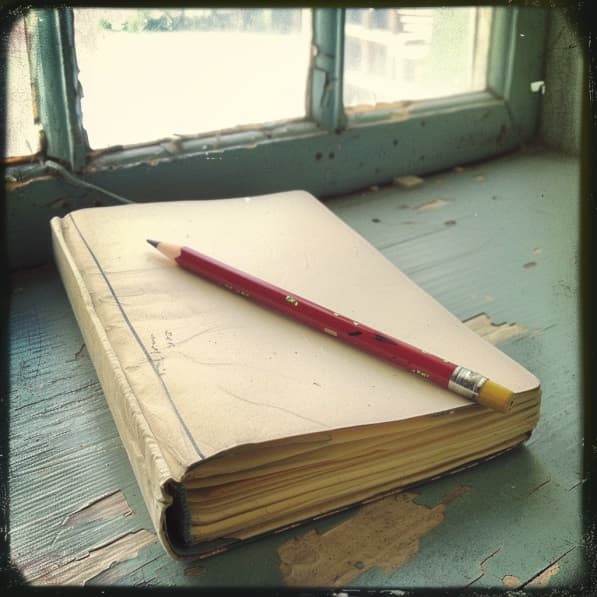
35 Ideas de Dibujo Originales y Sencillas
1. Mandalas
Los mandalas son dibujos simétricos y repetitivos que se originaron en la India. Son ideales para relajarse y practicar la simetría y los patrones.
2. Animales en Miniatura
Dibuja pequeños animales en poses adorables. Empieza con un simple gatito o un cachorro, y luego prueba con animales más exóticos como un koala o un panda.
3. Flores y Plantas
Las flores y las plantas ofrecen una gran variedad de formas y detalles. Desde una simple margarita hasta una compleja orquídea, hay muchas opciones para explorar.
4. Retratos Simples
Practica dibujar retratos con características simplificadas. Enfócate en la estructura básica del rostro y los detalles principales como los ojos, la nariz y la boca.
5. Paisajes Naturales
Dibuja escenas de la naturaleza como montañas, ríos y bosques. Empieza con líneas básicas y luego añade detalles y texturas.
6. Cómics y Caricaturas
Crea tus propios personajes de cómic o caricaturas de personas reales. Es una manera divertida de practicar la expresión facial y el movimiento.
7. Objetos Cotidianos
Dibuja cosas que ves todos los días como tazas, relojes, o libros. Este ejercicio te ayudará a mejorar tu capacidad de observación y detalle.
8. Letras y Tipografía
Prueba a dibujar diferentes estilos de letras y palabras. La caligrafía y la tipografía pueden ser muy creativas y personalizadas.
9. Dibujos Abstractos
Los dibujos abstractos no siguen ninguna regla específica. Deja volar tu imaginación y crea formas y patrones únicos.
10. Sombras y Luces
Practica dibujar objetos y jugar con la luz y las sombras. Esto mejorará tu comprensión de la tridimensionalidad.
11. Dibujo de Manos
Las manos son uno de los desafíos más grandes en el dibujo. Practica dibujarlas en diferentes posiciones y desde distintos ángulos.
12. Caricaturas de Celebridades
Elige una celebridad y haz una caricatura exagerando sus rasgos más distintivos. Es un ejercicio divertido que te ayudará a mejorar tus habilidades de observación.
13. Escenas Urbanas
Dibuja partes de tu ciudad como edificios, parques, o calles. Este tipo de dibujo es excelente para practicar la perspectiva.
14. Arte de Fantasía
Deja volar tu imaginación y crea criaturas fantásticas, héroes míticos, y mundos mágicos. Es una excelente manera de ser creativo y único.
15. Patrones y Texturas
Dibuja diferentes patrones y texturas como líneas onduladas, puntos, y entramados. Esto te ayudará a mejorar tus habilidades de sombreado y detalle.
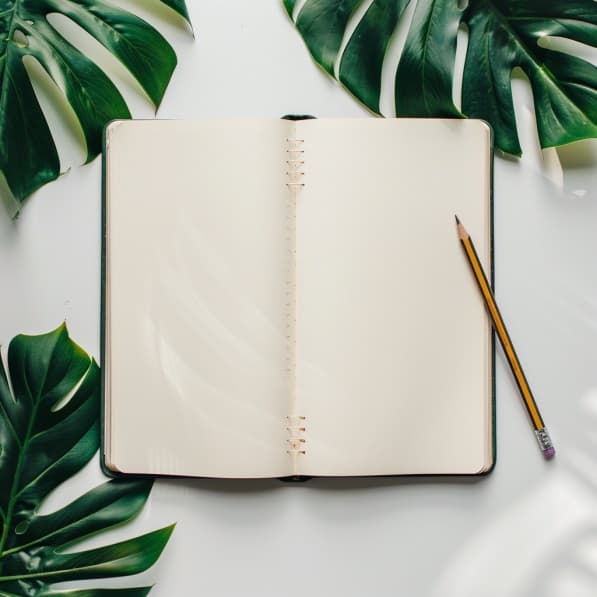
16. Robots y Futurismo
Diseña tus propios robots y gadgets futuristas. Este tipo de dibujo es ideal para los amantes de la ciencia ficción.
17. Vehículos
Dibuja coches, bicicletas, barcos, o aviones. Este tipo de dibujos te ayudará a mejorar tu comprensión de las formas y los detalles mecánicos.
18. Retratos de Mascotas
Haz retratos de tus mascotas o animales favoritos. Es una manera divertida de capturar la personalidad de un animal en el papel.
19. Arte Minimalista
El arte minimalista utiliza líneas simples y pocos detalles para crear una imagen impactante. Practica este estilo para mejorar tu capacidad de simplificación y claridad.
20. Dibujos Geométricos
Crea dibujos utilizando formas geométricas básicas como círculos, cuadrados, y triángulos. Este tipo de dibujo es excelente para practicar la precisión y la simetría.
21. Inspiración en la Naturaleza
Observa la naturaleza a tu alrededor y dibuja lo que ves. Puede ser una hoja, una piedra, o una nube. Este ejercicio te ayudará a mejorar tu capacidad de observación y detalle.
22. Dibujo a Mano Alzada
Intenta dibujar sin utilizar ninguna guía o boceto previo. Esto mejorará tu confianza y fluidez en el dibujo.
23. Dibujo con Tinta
Usa plumas y tinta para crear dibujos en blanco y negro. La tinta ofrece un contraste fuerte y es ideal para practicar líneas y detalles.
24. Collage de Dibujos
Crea un collage combinando varios dibujos pequeños en una sola página. Esto puede incluir cualquier cosa, desde dibujos abstractos hasta retratos.
25. Inspiración en la Historia del Arte
Investiga artistas famosos y trata de recrear o inspirarte en sus obras. Es una excelente manera de aprender nuevas técnicas y estilos.
26. Dibujos de Animales Fantásticos
Crea tus propios animales combinando diferentes partes de animales reales. Esto estimulará tu creatividad y te permitirá ser original.
27. Retratos Emotivos
Dibuja rostros que expresen diferentes emociones. Practicar las expresiones faciales te ayudará a capturar la esencia de las personas.
28. Naturaleza Muerta
Dibuja un arreglo de objetos inanimados como frutas, flores, y utensilios. Este tipo de dibujo es excelente para practicar la composición y la iluminación.
29. Paisajes Urbanos Nocturnos
Dibuja escenas de la ciudad por la noche, con luces y sombras dramáticas. Es una excelente manera de practicar el contraste y la atmósfera.
30. Retratos de Familia
Haz retratos de tus seres queridos. Es una manera hermosa de capturar momentos y mejorar tus habilidades de retrato.
H3: 31. Elementos del Cielo
Dibuja elementos del cielo como estrellas, planetas, y constelaciones. Este tipo de dibujo es ideal para los amantes del espacio y la astronomía.
32. Dibujos de Moda
Diseña tu propia ropa y accesorios. Es una manera divertida de explorar el diseño de moda y la creatividad.
33. Escenas de Películas
Elige tus escenas favoritas de películas y dibújalas. Es una excelente manera de practicar la narración visual y la composición.
34. Dibujos de Arquitectura
Dibuja edificios y estructuras arquitectónicas. Este tipo de dibujo te ayudará a mejorar tu comprensión de las formas y las proporciones.
35. Dibujo con Sombras
Juega con las sombras y la luz en tus dibujos. Esto mejorará tu habilidad para crear profundidad y realismo.
Dibujar es una habilidad que todos pueden desarrollar con práctica y dedicación. Esperamos que estas 35 ideas de dibujo originales y sencillas te inspiren a coger un lápiz y comenzar a crear. Recuerda que lo más importante es disfrutar del proceso y permitirte experimentar y explorar.
Esperamos que esta guía te haya inspirado a explorar el maravilloso mundo del dibujo. ¡Toma tus lápices y empieza a crear hoy mismo!
Para aprender a dibujar como un profesional, de forma gradual y adaptada a tu ritmo y disponibilidad horaria, te recomendamos que visites nuestro Curso de Pintura y Dibujo, donde te enseñamos todos los conceptos, técnicas de dibujo y materiales para que te conviertas en un auténtico artista, encontrando y desarrollando tu estilo propio y llegando hasta donde te propongas.

